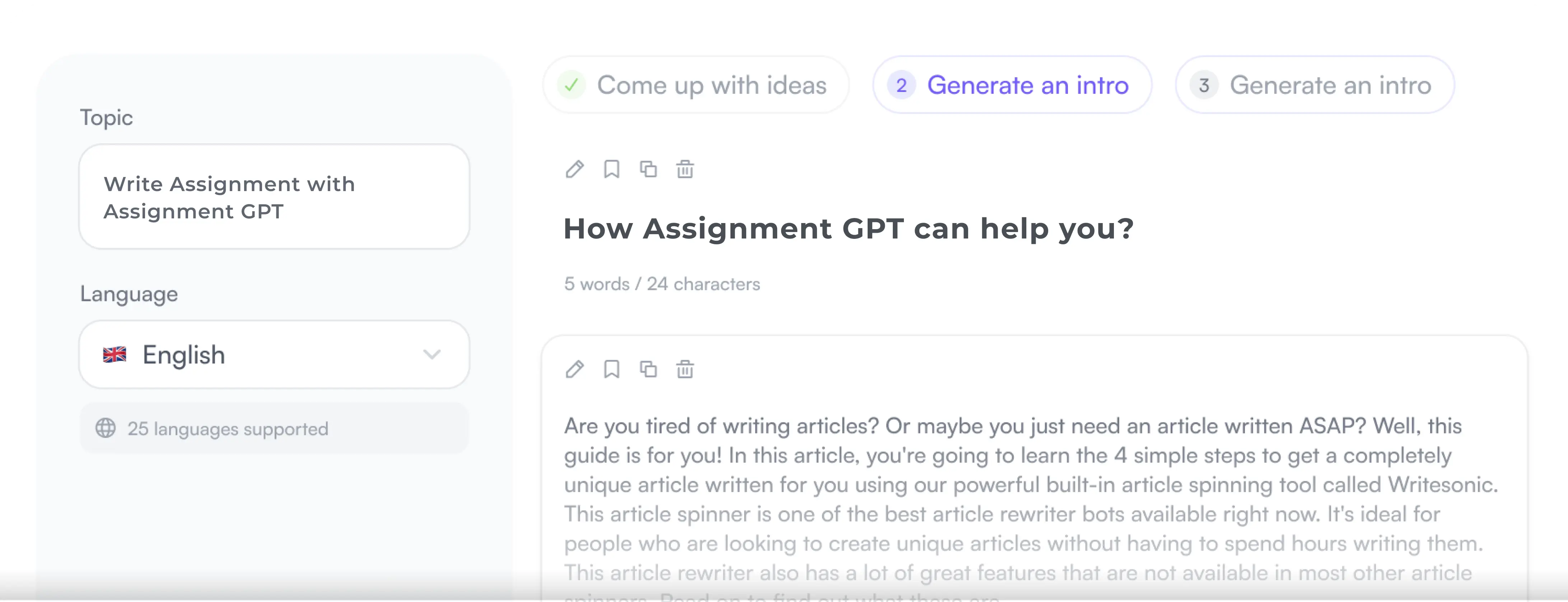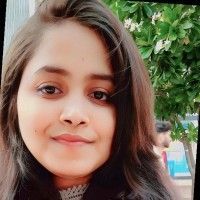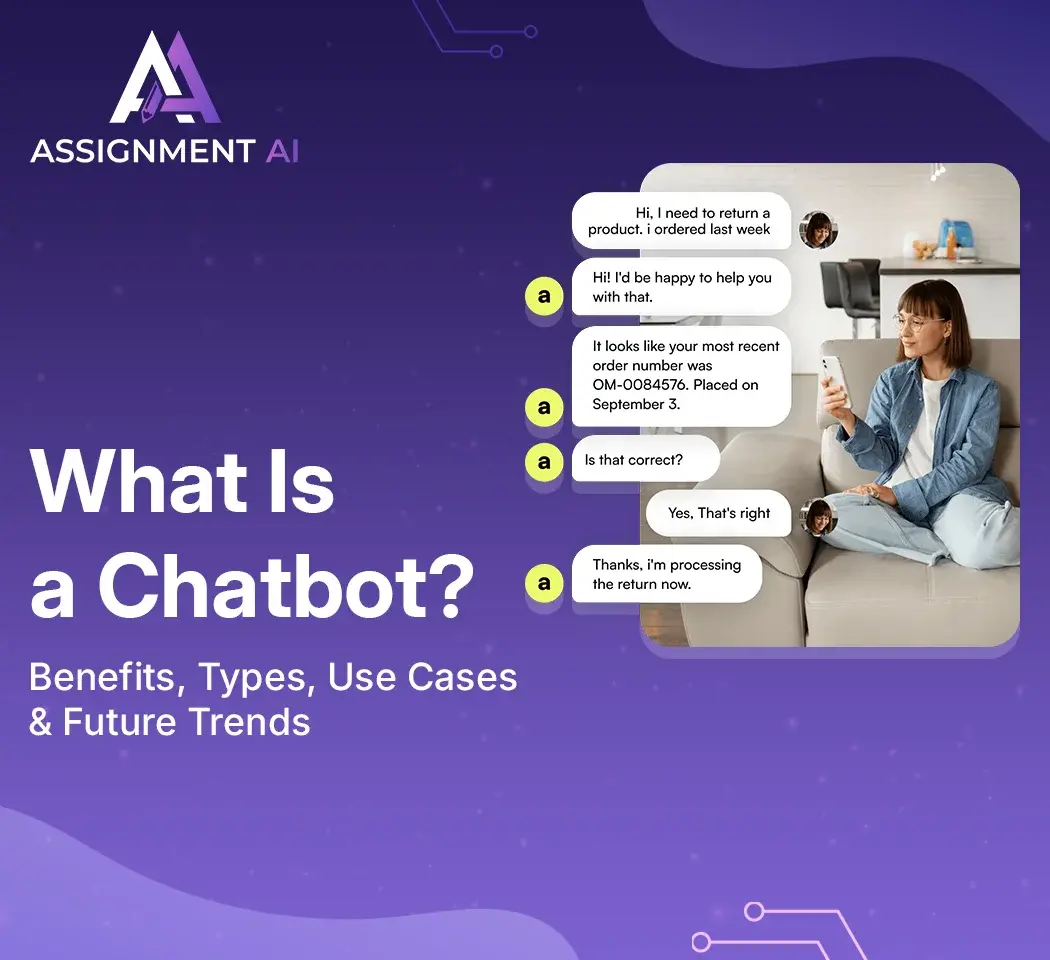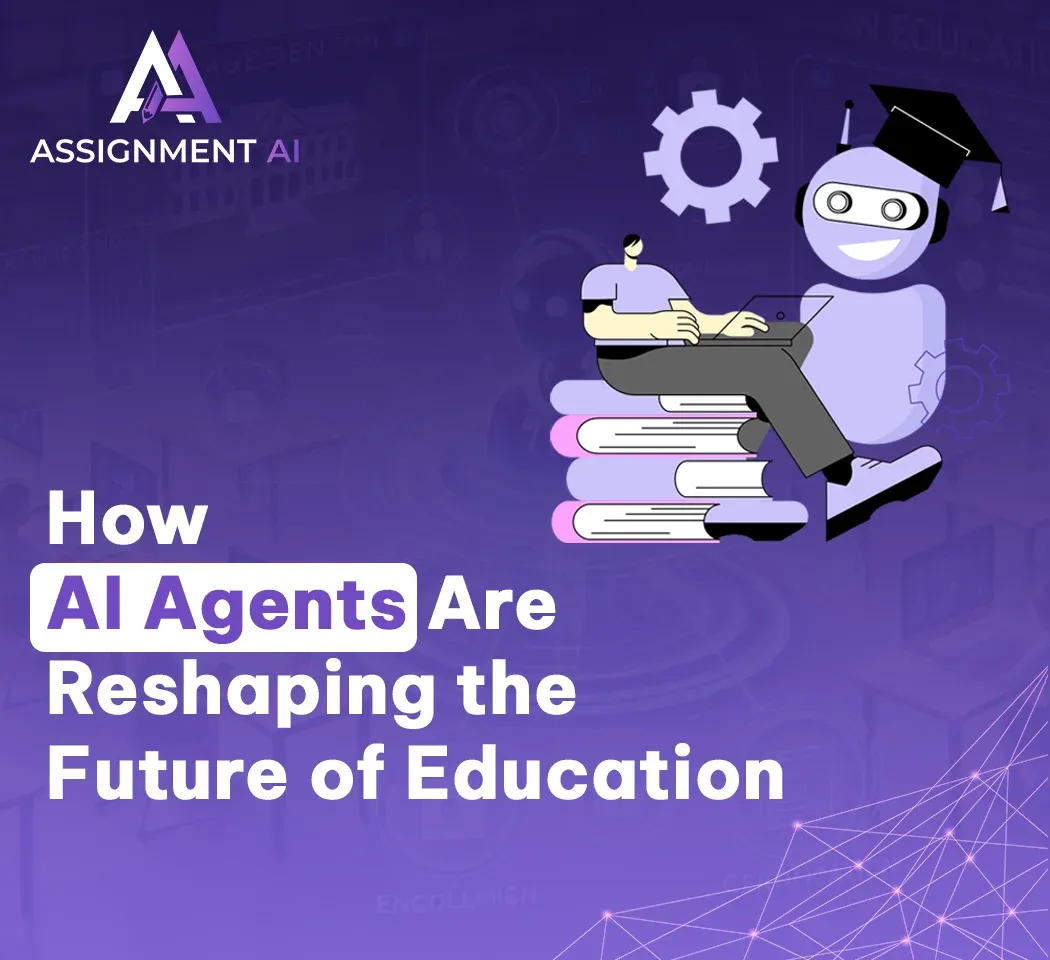AssignmentGPT Blogs
In brand new information-pushed world, simplifying complex statistics is important for powerful communication. Diagrams serve as powerful tools to reap this purpose via visually representing information in a comprehensible format. From commercial enterprise strategies to task plans, diagrams provide versatility in organizing and supplying information. Understanding the styles of diagrams and their programs is vital for choosing the right one to convey your message correctly. Let's explore 21 kinds of diagrams and discover ways to pick the most appropriate one to your desires.
Quick Summary
Diagrams are essential for simplifying complex statistics in commercial enterprise and beyond. This manual outlines 21 types of diagrams, from mind maps to community diagrams, and gives insights into while to use every. By deciding on the right diagram, you can successfully communicate your message, decorate knowledge, and aid choice-making procedures in diverse fields.
What is a Diagram?
Statistics is a specialized field that presents a lot of complex data in a simple, easy-to-understand format. Classification and tabulation are two ways to present data in a logical way. However, as the amount of data increases, it becomes less easy to understand even after segmentation and encoding. Thus, to provide contexts for comparing and analytically understanding patterns in the data, the data are presented as figures and graphs A figure is a visual representation of statistical data that conveys basic facts and relationships displayed in the data. The way an image captures the viewer’s attention and helps them grasp the information quickly is appreciated by all.
21 types of diagram and when to use them
Here are some examples you can use to visualize and represent important topics in a business environment:

1. Mind Map
A concept map is a diagram with a central idea surrounded by branches or nodes of supporting ideas. You can use mind maps to visualize anything related to various subtopics. For example, you can add a question as a main idea and then use branches to represent possible answers. You can also put a company’s needs, such as long-range marketing, in the center of the concept and then use branches to represent possible solutions or ideas. If you want to make an idea broken down into smaller pieces, you can use this image.
2. Matrix or quadrant chart
The four-dimensional chart uses two arrows to show qualitative information surrounding relationships between two factors. Each axis can have an increasing factor as the axis increases. These two lines can then intersect perpendicularly to form four triangles. You can place text based on where it fits in the quadrants in this image. For example, if your two factors are the potential impact of the implementation and the work required to accomplish it, you can assign the potential factors as they best fit each factor
3. Venn Diagram
A Venn diagram compares similarities and differences between two objects. Each subject would have a separate circle with two connected in the middle. In the middle column, you can add properties shared by the two themes. Each circle shows a different attribute for each subject. For example, if you want to compare two departments within an organization, you can include similarities between departments and the unique characteristics of each individual role Doing so can help identify similarities and differences between departments in your mind to identify areas of shared opportunities or needs.
4. Circle Diagram
You can use a line to represent parts that contribute to a particular whole. In this case, the circle represents the whole while each part of the circle represents a part of it. This can help you create topics to courses, collaborations of a department or courses that inform a topic, for example If you want to see a complex whole broken down into individual parts, that these pictures can help you achieve your goal.
5. Tree Diagram or dendrogram
Like a conceptual diagram, a tree diagram uses branches and nodes that connect ideas and concepts. The difference between these two types of diagrams is that, whereas a concept map connects several points to a central idea, a tree diagram can represent a sequence or structure organized by a single point a they will start with the diagram and then add branches and connecting veins instead of just the main point.
6. Pyramid or triangle chart
A pyramid chart can be a simple tree diagram. Instead of creating multiple points or placing them in complicated descending branches, you can place different points based on where they fall on the pyramid. The area that falls at the base of the pyramid can be very significant and fundamental depending on its position in the diagram. As the pyramid moves up, each point may not function properly but it still functions as part of the shape.
7. Funnel chart and journey map
A funnel chart often looks like an inverted pyramid chart, or inverted. You can use this diagram to illustrate a multi-step process. The first ladder can be the top of the funnel, then tapering off as each individual ladder is completed. This shape can represent a continuous focus throughout the process with a narrow area representing the solution. While this doesn’t explain each step in detail, it can help visualize the whole process and how each step builds on the last.
Read also this article : 12 Bеst Diagram Softwarе Tools in 2024
8. Roadmap and Gantt chart
A roadmap can provide a more descriptive description of the process by representing each required step and providing additional information. A roadmap that a company typically uses internally might provide a box or dotted line for each category, explaining what the category requires, and providing planning information such as a budget or expected completion date and then you can hit that with an arrow these boxes to represent the progress of the work.
9. Flowchart, feedback loop and decision tree
A flowchart is a single diagram of a process or workflow, usually with multiple turns or stages. Typically, you use boxes or shapes to represent steps in the process, and then connect those steps with lines or arrows.
10. Fishbone diagram
Like a mind map, a fishbone diagram allows you to connect a large main idea to multiple dots. The difference between these two types of images is that cat bone images represent cause and effect over time. In this case, the main consideration is the impact, with supporting data and reasons.
The shape of this figure resembles the skeleton of a fish, and the result is a large circle on the head, and the causal branches from the midline in bones By visualizing these details, you can help to you have visualized the sequence of events that led to a particular outcome . If you want to understand how something happened in an organization, you can use the fishbone diagram to offset the effect or repeat it in the future.
11. Hierarchy or organizational chart
We briefly mentioned earlier that an organizational chart is a diagram representing the hierarchical structure of a company. It outlines the structure of units and departments, reports on relationships throughout the organization, and the roles and responsibilities of each person.
12. SWOT analysis diagram
A SWOT analysis diagram is used in business planning to examine the internal and external factors affecting the organization. The acronym stands for Strength, Weakness, Opportunity, and Threat. Each category is presented with a quad chart, providing a clear view of the operating environment.
13. Line graph
Graphs, sometimes called graphs, are used to visualize statistical data points connected by straight lines. Data points representing different time periods are plotted on a line graph or graph and connected by a line. This helps to easily identify trends and trends.
14. Bar chart
Often interchangeable with bar graphs, a bar chart is a type of graphic used primarily for displaying and comparing data. For this figure, rectangular bars of varying lengths represent data from different classes or groups. Each bar represents a square, and the length or height of the bar corresponds to the statistical data or quantity.
15. Organization chart
Organizational charts are diagrams used to show the structure of an organization. Each box or node on an organizational chart represents a different role or department, the threads connecting the boxes define lines of authority, communication, and responsibility The hierarchy typically begins at the top with the highest-ranking person or entity ( such as the CEO or board of directors) and various branches down to the levels of senior management and individual professionals.
16. Gantt charts
In project management, Gantt charts are often used to represent a timeline for a project. They have vertical bars, with each bar representing a task or activity.
For this chart, each horizontal line spanning the start date to the end date is represented. The length of the strip corresponds to the duration of the job. Tasks are listed directly, usually in order of completion. In some industries, tasks are classified under larger general activities or sections.
How can I decide the best diagram type for my work? Use the AssignmentGPT Diagram Generator to explore various diagram types and select the one that clearly represents your data or ideas.
17. UML Diagram
Software Engineers use Unified Modeling Language (UML) diagrams to create custom diagrams that represent the building blocks of a software system.
UML diagrams, such as class diagrams, sequence diagrams, and state diagrams provide different perspectives on complex systems. Class diagrams show the static structure of a system, which specifies classes, objects, and relationships. A series of diagrams now illustrates the connections and interactions between system components, providing insight into system operation.
18. SIPOC Diagrams
To improve the effectiveness of the system, the SIPOC diagram is used to represent different components of the system. The acronyms stand for Suppliers, Inputs, Process, Outputs, Customers.
19. Scatter Plots
Scatter plots are used to compare data and represent the relationship between two variables. Each point in the scatter plot represents a data point whose location on the x and y axes represents the value of two variables.
20. PERT Chart
A PERT (Project Evaluation Review Technique) framework is a set of project management tools for planning projects. Each node or arrow represents each function, while the letters represent dependencies between functions. The chart includes the duration of the task and the first/last start/finish.
Construction managers often use PERT systems to plan activities such as design, site preparation, construction, and inspection. Identifying critical strategies helps focus resources on project impact timelines.
21. Network Diagrams
A grid diagram visually shows the relationships between elements in a system or project. Each node in grid diagrams represents an element, such as a machine in a computer network or a task in a project. The lines or arrows connecting nodes represent relationships or connections between these elements.
Choosing the right diagram for your needs
Choosing the right snap shots in your needs is vital to correctly bring information visually. Different types of diagrams have distinct purposes: flowcharts are perfect for method and workflow diagrams; Pie charts are wonderful for displaying sizes and percentages in a records set; Bar graphs are beneficial for comparing exclusive statistics sets; The graph is ideal for showing trends over the years; Venn diagrams are ideal for relationships and connections between units. Consider the specific message you want to bring and select the kind of photo that quality matches your information and target market for clear and impactful conversation.
Conclusion
Ultimately, images are powerful tools for simplifying complex information and presenting it in an engaging way. From concept maps to grid diagrams, each method deals with a selected object in terms of information organization, analysis, and communication. By understanding the characteristics of each image and assessing your audience and message you can choose the most appropriate one to effectively deliver your content Embrace the simplicity of images and elevate your communication strategies to new heights.
FAQs
1. Why are diagrams essential in business?
2. How do I choose the proper diagram for my facts?
3. Can diagrams be utilized in diverse fields except business?
4. Are there any equipment available for developing diagrams?
Content writer at @AssignmentGPT
Ashu Singh, content writer at AssignmentGPT, crafting clear, engaging content that simplifies complex tech topics, with a focus on AI tools and digital platforms for empowered user experiences.
Master AI with
AssignmentGPT!
Get exclusive access to insider AI stories, tips and tricks. Sign up to the newsletter and be in the know!
Transform Your Studies with the Power of AssignmentGPT
Empower your academic pursuits with tools to enhance your learning speed and optimize your productivity, enabling you to excel in your studies with greater ease.
Start Your Free Trial ➤Start your success story with Assignment GPT! 🌟 Let's soar! 🚀
Step into the future of writing with our AI-powered platform. Start your free trial today and revolutionize your productivity, saving over 20 hours weekly.
Try For FREE ➤